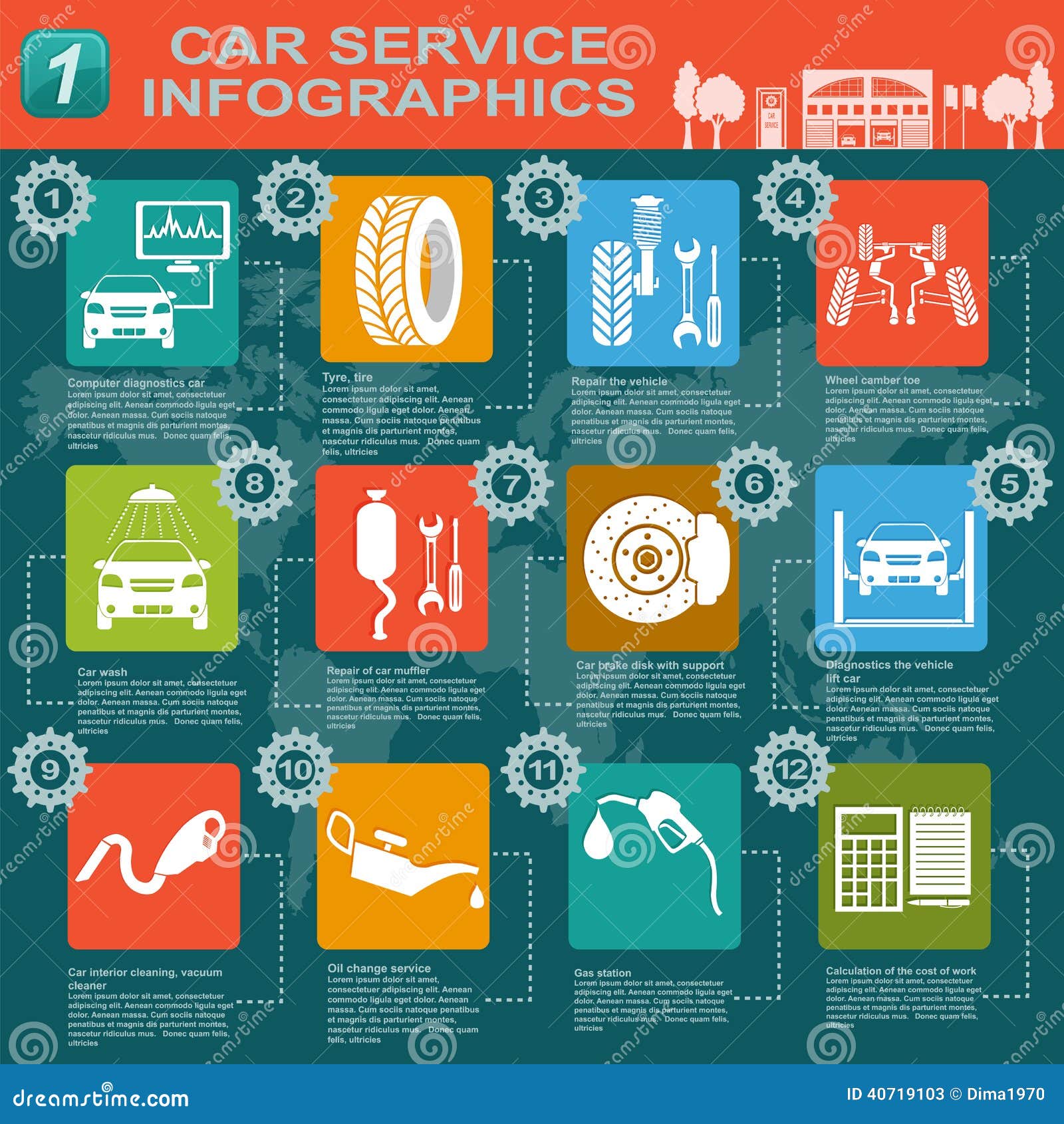Assessing Your Car'S Caution Indicators: What They Truly Share
Assessing Your Car'S Caution Indicators: What They Truly Share
Blog Article
Posted By-Higgins Dalgaard
When you're behind the wheel, those glowing caution lights on your control panel can be a little bit perplexing. Do you know what they're trying to inform you concerning your automobile's wellness? Understanding on front page of these lights is essential for your safety and the long life of your car. So, the following time one of those lights turns up, would not you want to analyze its message precisely and take the needed actions to resolve it?
Common Warning Lighting and Interpretations
Recognize common warning lights in your automobile and understand their definitions to ensure safe driving.
The most normal warning lights include the check engine light, which signals concerns with the engine or emissions system. If this light comes on, it's critical to have your car examined without delay.
The oil pressure alerting light indicates reduced oil stress, calling for immediate focus to prevent engine damage.
A blinking battery light might recommend a defective charging system, potentially leaving you stranded otherwise attended to.
The tire stress surveillance system (TPMS) light informs you to low tire pressure, affecting car security and fuel effectiveness. Overlooking this could bring about risky driving problems.
The abdominal muscle light suggests a trouble with the anti-lock braking system, endangering your ability to quit quickly in emergency situations.
Lastly, visit this site right here cautioning light warns of engine getting too hot, which can result in serious damages otherwise fixed promptly.
Comprehending these typical warning lights will certainly assist you deal with problems quickly and preserve safe driving problems.
Relevance of Prompt Interest
Recognizing the typical caution lights in your automobile is just the very first step; the significance of quickly dealing with these cautions can not be emphasized sufficient to guarantee your safety on the road.
When a warning light illuminates on your dashboard, it's your vehicle's method of communicating a prospective problem that needs focus. Ignoring these warnings can lead to more extreme problems in the future, compromising your safety and security and possibly costing you extra in repairs.
Trigger interest to warning lights can avoid break downs and mishaps. For example, a blinking check engine light might indicate a misfire that, if left ignored, can create damages to the catalytic converter. Resolving cleaning cars can save you from an expensive repair work.
Similarly, a brake system advising light may signal low brake fluid or used brake pads, essential elements for your safety when driving.
Do It Yourself Troubleshooting Tips
If you see a caution light on your control panel, there are a few DIY repairing ideas you can try prior to seeking expert help.
full car detail is to consult your automobile's manual to understand what the specific caution light indicates. Often the concern can be as straightforward as a loose gas cap activating the check engine light. Tightening up the gas cap may resolve the issue.
Another common concern is a reduced battery, which can cause numerous alerting lights. Inspecting the battery links for deterioration and ensuring they're secure may deal with the issue.
If a caution light continues, you can try resetting it by detaching the automobile's battery for a couple of mins and after that reconnecting it. Additionally, examining your automobile's fluid degrees, such as oil, coolant, and brake fluid, can help troubleshoot warning lights related to these systems.
Conclusion
In conclusion, understanding your cars and truck's caution lights is essential for maintaining your lorry running efficiently and securely. By promptly dealing with these signals and recognizing what they indicate, you can stay clear of costly fixings and possible break downs.
Bear in mind to consult your auto's guidebook for specific information on each advising light and take action appropriately to make certain a hassle-free driving experience.
Remain notified, stay risk-free on the road!
